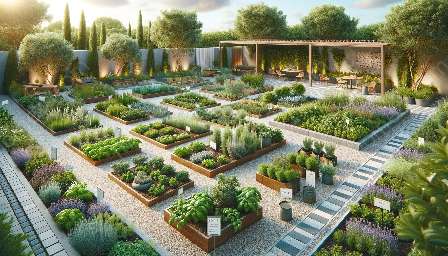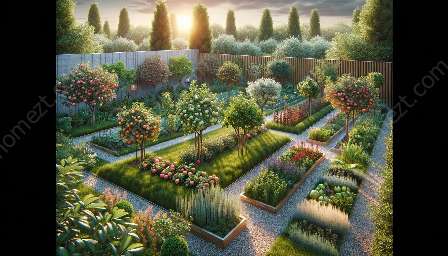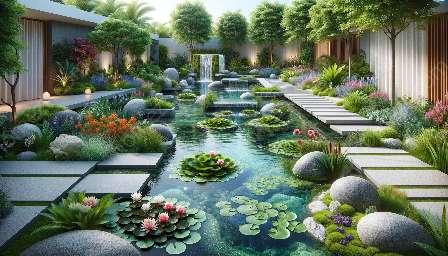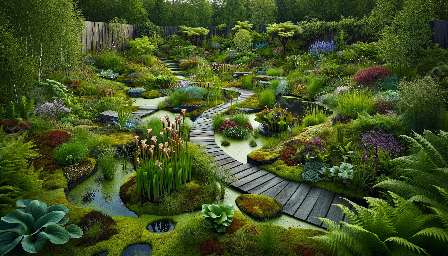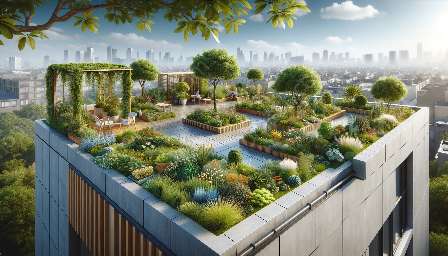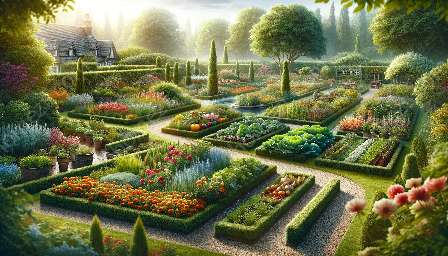Xeriscape gardens are a sustainable landscaping approach that has gained popularity for their ability to conserve water and create beautiful, low-maintenance outdoor spaces. In this guide, we will explore the concept of xeriscaping, how it differs from other types of gardens, and provide practical tips for creating your own xeriscape garden.
Understanding Xeriscape Gardens
Xeriscaping is a gardening and landscaping concept that originated in arid regions and aims to reduce water usage by using drought-tolerant plants, efficient irrigation, and thoughtful design. The word 'xeriscape' itself comes from the Greek words 'xeros,' meaning dry, and 'scape,' meaning view or scene. Xeriscape gardens promote sustainable practices, such as soil improvement, water conservation, and the use of native plants, to create environmentally-friendly landscapes that require minimal inputs.
Comparing Xeriscape Gardens to Other Types
While xeriscape gardens focus on utilizing water-wise techniques, they can be compared and contrasted with other types of gardens, such as flower gardens, vegetable gardens, and herb gardens. Unlike traditional flower gardens that often require frequent watering and maintenance, xeriscape gardens prioritize plants that can thrive with minimal water, making them suitable for various climates and soil conditions. Vegetable and herb gardens, on the other hand, may have specific water needs, but integrating xeriscaping principles, such as proper soil preparation and drought-resistant species, can help create a more sustainable edible garden.
Creating Your Own Xeriscape Garden
Building a xeriscape garden involves careful planning and consideration of your local climate, soil, and available resources. Start by assessing your outdoor space and identifying areas where water-efficient landscaping can be implemented. Choose drought-tolerant plants that are native to your region, as they are better adapted to local conditions and support local biodiversity. Incorporate hardscaping elements, such as mulch, rocks, and gravel, to minimize water evaporation and reduce the need for frequent irrigation. Implement efficient irrigation systems, such as drip irrigation and rainwater harvesting, to ensure that water is delivered directly to plant roots.
By following xeriscaping principles, you can create a visually stunning and environmentally-friendly garden that requires less water, maintenance, and resources while still providing habitat for pollinators and wildlife. Moreover, xeriscape gardening can contribute to water conservation efforts and reduce the ecological footprint of your outdoor space.




